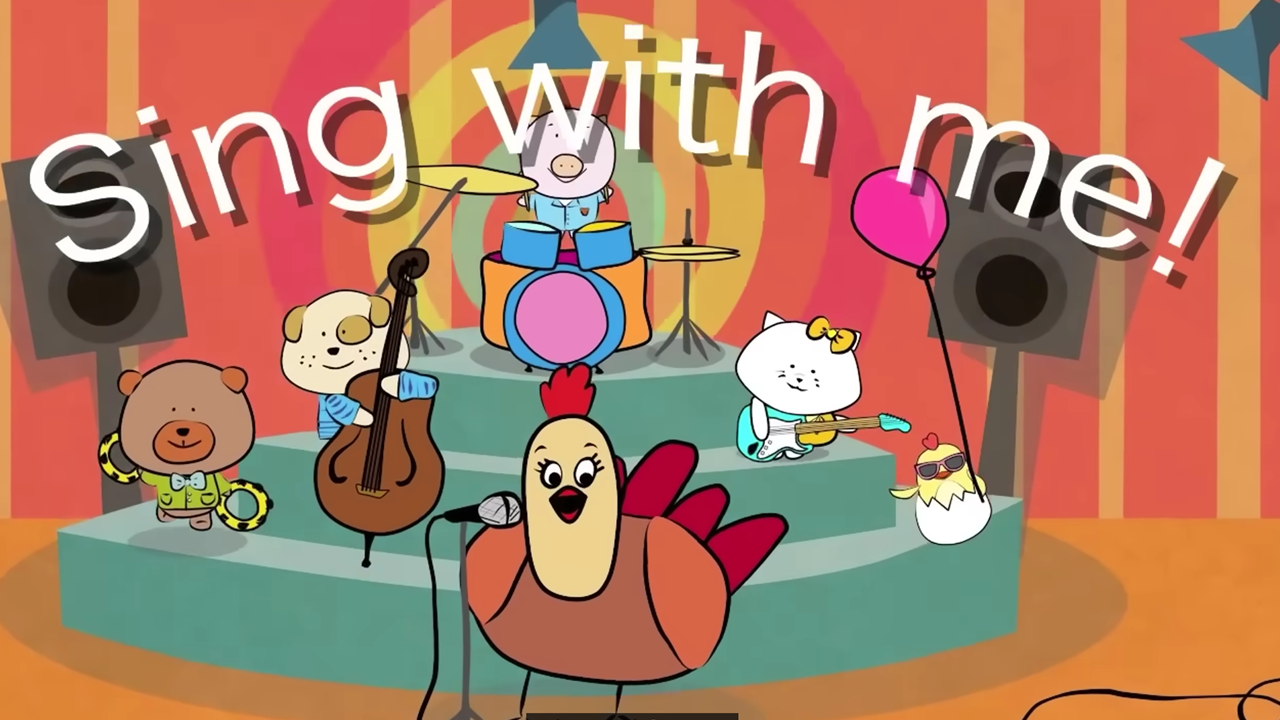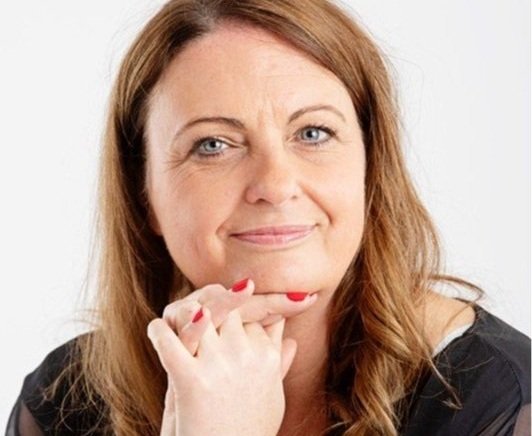Does children’s TV drive you crazy? Here is one dad’s Top 3 recommendations for what’s best for your child, and most bearable for you.
[Edit: Note that this article applies only to Series 1 and 2 of each of the TV shows below. The content of later series may be very different from the first two, so the recommendations apply only to the first two series.]
"In training, they forced me to listen to the Barney [the Dinosaur] "I Love You" song for 45 minutes. I never want to go through that again". – US military PsyOps operative quoted in a BBC news article about how ‘Sesame Street breaks Iraqi POWs’.
In contrast to the early 1970s where Andy Pandy and Bill & Ben the Flowerpot Men were as edgy as things got, suddenly there are now thousands of children’s programmes to choose from. With so many children’s programmes featuring hyperactive characters with squeaky voices, hurtling through deranged storylines rendered in eye-wateringly lurid colours and jarring sound effects, it doesn’t surprise me in the least that children’s TV has become a method of torture.
The late afternoon slot on BBC1 in the 1970s was dedicated to preschool children’s programmes, and was called ‘Watch With Mother’. Nowadays – especially after over a year of lockdowns and working from home - there is a good chance the child will have often been ‘watching with father’. But which – if any – of the thousands of programmes available are both suitable and enjoyable for your child, and are the least torturous for any adults in the vicinity?
Before we start, this isn’t an article for those who think children should never watch TV, and equally it’s not an article advocating that you should leave your child in front of the TV for hours on end. This article isn’t a systematic review of longitudinal studies of the impact of TV over the lifespan. No, this article is just the reflections of the trial and error experiences of a new family with a baby son from about the age of 12 months to two years old, mostly during the UK’s covid-19 lockdowns (2020 - 2021). I wanted to write it as a way to spare other new parents the steep learning curve that I experienced on my journey to being a dad working from home with a young child.
“We quickly learned that some strategic use of TV that they enjoy can be very helpful, for example… it can be a very effective distraction when you are administering medicine at home… or a distraction if you are stuck at the airport”
We hadn’t anticipated that finding the right kind of TV for our baby would be a problem. However we quickly learned that some strategic use of TV that they enjoy can be very helpful, for example, having your child’s favourite TV show on your phone so that you can distract them during medical procedures at hospital (e.g. inoculations or giving blood samples). Similarly, it can be a very effective distraction when you are administering medicine at home, or for comfort when they are feeling too unwell to play, or a distraction if you are stuck at the airport. Apart from all of that, it is impossible not to feel good when you see your child dancing around laughing, thrilled at hearing the opening bars of the theme music of their favourite TV programme.
It took about three months to find out what TV shows my son likes. The first few months of this search found us trying out various clips from YouTube, often compilations of all sorts of stuff. Lots of clips of old and new Sesame Street figured here, and although he quickly liked the character Elmo (whose own spinoff show is quite good), a lot of the rest of it didn’t work so well.
My son’s main criteria were – as far as we can tell – ‘simple nursery rhymes and songs = good’ but ‘extended dialogue = bad’. As parents, we were looking for programmes that role modelled good values (e.g. being nice to other people), easy to look at (e.g. good artwork), and easy to listen to (nothing too cacophonous). After several months, we had found at three that he could happily watch in rotation and that didn’t drive his poor parents insane. I’m not saying these three programmes are perfect or will never get on your nerves, or that the quality doesn’t vary (generally the earlier series are better), but in my experience they are relatively the best.
“Children’s TV doesn’t need to be torture”.
1/ Cocomelon
Picture: Cocomelon
Cocomelon is the most-subscribed children's channel in the world. Often the most popular thing isn’t the best, but in this particular case I am going with the crowd. This programme is very good quality all round. It is based on a mix of traditional nursery rhymes, often with an original and clever twist. For example, one version of Twinkle Twinkle Little Star shows the three main child characters figuring out ways to help a star, that has fallen to earth, to get back into the night sky again.
There are educational songs which subtly teach things through storytelling e.g. the phonetic alphabet is taught by showing children looking for objects whose names begin with the first letter of each letter of the alphabet. The stories are always set to music and feature the core characters in their daily life. The words to songs appear at the bottom of the screen, like in karaoke, which is handy to sing along with and for children to learn to read. Although a modern production and is set in a modern small town in the US, it has a cosy traditional feel.
Since 2018 the production values of Cocomelon have been excellent, with 3D animation that is top quality. Cocomelon is brilliant at modelling prosocial behaviour with nice songs, and my only criticism is the parts where they try to teach children how to make a paper aeroplane and tie their shoelaces, which seem to me to make these activities seem very complicated.
Picture: Little Baby Bum
2/ Little Baby Bum (LBB)
This my second recommendation. A lot of LBB is recognisably set the UK (e.g. London buses and famous central London landmarks), but occasionally has some international locations too. Many of the tunes have gentle hints of hip hop, ska, or power pop here and there, but it’s all very good quality and suitable for children. Like Cocomelon, it is based on a mix of traditional nursery rhymes and educational songs that teach the alphabet and counting to ten etc. If your child likes The Wheels on the Bus, they are in luck, because LBB does about 10 versions of this song. The production values are very good (3D animation), with very impressive use of panning and camera angles, though somehow not as effortlessly classy as Cocomelon. Also, although the songs, music and singing are very good, sometimes the lyrics show less artistry.
3/ Mickey Mouse Clubhouse
Disney has been criticised for becoming increasingly woke in recent years, and many people strongly object to their treatment of Pirates of the Caribbean star Johnny Depp, but the Mickey Mouse Clubhouse appears to have escaped the influence of woke. The stories usually involve going on an adventure of some kind, where puzzles need to be solved along the way. It has a positive can-do approach to problem solving, which I think must be good for children to see. The classic line-up of Mickey Mouse and pals are all here: Minnie Mouse, Donald Duck, Daisy Duck, Goofy, Pluto, and walk-on parts by other old favourites.
One of the unique things about Mickey Mouse Clubhouse is that it is interactive: often during an episode Mickey will turn to the audience and ask a question (e.g. “which hat do you think will fit Goofy’s head?”), and then pauses to give the viewers time to answer. The puzzles and interactivity mean it is suitable for older children, though children who are too young – like mine – to know the answers, will probably appreciate other aspects of the show regardless.
Picture: Mickey Mouse Clubhouse
I have to confess that I was never a Mickey Mouse fan as a child, and had my qualms when my son started showing a liking for this show. But if you can stick with it, then there is a lot of positives in Mickey Mouse Clubhouse. Being Disney, the production values are very good, as you would expect. (And let’s hope Disney grow out of their woke phase soon).
Where to access these programmes
The three above are variously available on channels such as YouTube, Netflix, Amazon Prime, Hulu, Apple TV+, Roku, and Disney, and some of them can be listened to on platforms such as Spotify and Apple Music.
Although the quality of any of the three above might collapse at any time (e.g. the producers could insist the characters go woke), the good news is that there are already so many good episodes of each of these three programmes, you will probably never need to do the soul-crushing job of searching for anything else. There is lots of children’s TV out there that is worth steering clear of, but children’s TV doesn’t need to be torture.
Have you got a recommendation?
The views expressed above are my own, but I’d love to hear what other people think. What are your recommendations, and why? Please share your views in the comments box below.
Scroll down to join the discussion
Disclaimer: This article is for information purposes only and is not a substitute for therapy, legal advice, or other professional opinion. Never disregard such advice because of this article or anything else you have read from the Centre for Male Psychology. The views expressed here do not necessarily reflect those of, or are endorsed by, The Centre for Male Psychology, and we cannot be held responsible for these views. Read our full disclaimer here.
Like our articles?
Click here to subscribe to our FREE newsletter and be first
to hear about news, events, and publications.
Have you got something to say?
Check out our submissions page to find out how to write for us.
.

























































